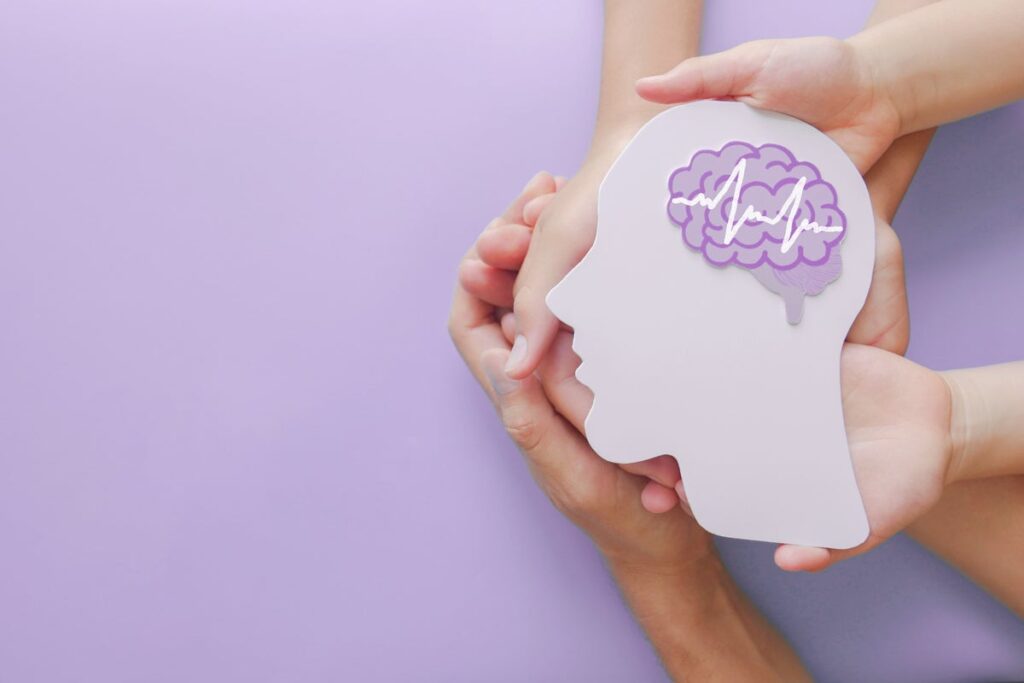
An increasing amount of attention is being paid to neurodevelopmental disorders such as dyslexia and autism, which affect a significant number of children worldwide. However, there is another disorder that is just as prevalent, yet remains largely unknown: developmental language disorder (DLD). This condition hinders language learning and use without any obvious cause, such as hearing loss or intellectual disability.
It is estimated that DLD affects between 7% and 10% of school-age children. Despite its prevalence, it often goes unnoticed or is mistaken for immaturity, laziness, or behavioral problems. Unlike a simple delay, DLD is persistent and, if left untreated, can significantly impact school performance, social relationships, and self-esteem.
An Invisible Disorder
DLD is considered an invisible condition because there are no physical traits that reveal its presence. Many children with DLD manage well in everyday conversations but struggle when language becomes more complex, such as reading a textbook or understanding a joke. Parents might notice their child has difficulty understanding long sentences or uses very short sentences, omitting certain words.
Historically, DLD has been referred to by various names, including “specific language impairment” and “mixed receptive-expressive disorder,” which has caused confusion and limited its visibility. The international CATALISE project advocates for the use of the term DLD and clearer criteria for identifying it.
Warning Signs at Different Ages
Every child with DLD has a unique profile, but there are common warning signs to watch for:
- Preschool age: Difficulty following instructions, very short sentences, problems learning songs, or recounting daily events.
- School age: Difficulties understanding texts, using complex sentences, learning new vocabulary, frequent grammatical and spelling errors, or problems writing coherently.
Distinguishing DLD from Other Disorders
DLD can be confused with other neurodevelopmental disorders, but it has several distinguishing features:
- Not dyslexia: Dyslexia primarily affects reading and writing, particularly in decoding words. A child with dyslexia may confuse visually similar letters, whereas a child with DLD may read correctly but struggle with comprehension.
- Not autism: While both conditions can manifest as “late talking,” children with DLD tend to use gestures and respond better to language, whereas autism is characterized by greater social and comprehension challenges.
- Independent of non-verbal IQ: Previously, DLD was diagnosed only if non-verbal intelligence was average, but this criterion is no longer used as it does not reflect overall impairment.
Long-term Impacts and Interventions
DLD does not disappear with age. Although many children improve with intervention, difficulties often persist into adolescence and adulthood. Longitudinal studies indicate that young people with DLD are more likely to face reading and writing challenges, drop out of school earlier, and encounter employment barriers.
“Early diagnosis and specialized support can help children with DLD function successfully in school and daily life.”
Interventions focus on strengthening both oral and written language skills. Speech therapy, visual aids, and curricular adaptations can be beneficial. At home, parents are encouraged to engage in shared reading and conversations to support language development.
The Importance of Early Intervention
Early support is crucial because language is foundational to reading, writing, and learning. The earlier a child receives help, the more likely they are to overcome future difficulties. Diagnosing DLD requires professional assessment, typically by speech therapists, but parents and teachers are often the first to notice signs.
Recognizing DLD and distinguishing it from other disorders is vital for timely intervention. As experts from the CATALISE project emphasize, language is the foundation of learning, and supporting children with DLD from an early age can open up future opportunities.
This article was originally published by The Conversation and is republished under a Creative Commons license. Read the original article.







